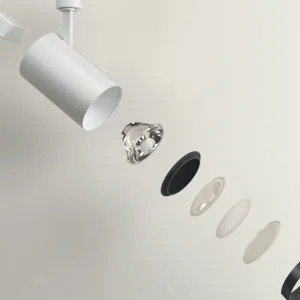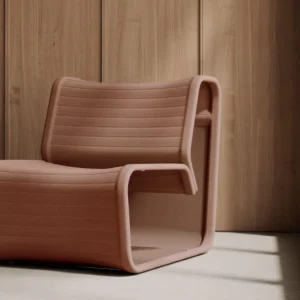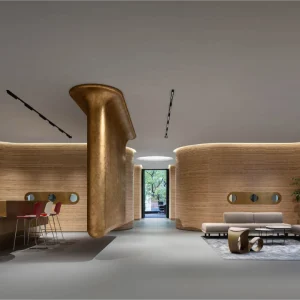Harpa is the home to the Iceland Symphony Orchestra and the Icelandic Opera. Besides being a major addition to the Icelandic and European cultural scene, Harpa is designed to serve as a tourism and business hub, providing flexible facilities for programmes and international events.
The façade has been designed by Danish-Icelandic artist Olafur Eliasson in collaboration with Henning Larsen Architects, engineering companies Rambøll and Greiner Engineering from Germany. US consultant company Artec has developed the acoustics. The building is equipped with the most technologically advanced sound, staging and presentation systems.
The 28,000 square metre complex features a 1,800-seat main performance space, meeting rooms, exhibition spaces, boutiques, and restaurants. All the elements are tucked under a kaleidoscopic, glass-and-steel facade designed by Olafur Eliasson. Eliasson has deployed light, colour, and natural phenomena to test how physical movement, sensual engagement, and the interaction of body and brain influence people’s perception of their surroundings.
Situated on the boundary between land and sea, the centre stands out like a massive radiant sculpture reflecting both sky and harbour space. The building features an arrival- and foyer area in the front of the building, four halls in the middle and a backstage area with offices, administration, rehearsal hall and changing room in the back of the building. The three large halls are placed next to each other with public access on the south side and backstage access from the north. The fourth floor is a multifunctional hall with room for more intimate shows and banquets.
The crystalline exterior of Harpa Concert Hall and Conference Centre has been designed to evoke basalt rock that dot the country’s landscape. This exterior, dressed with coloured glass panels that reflect the harbour surroundings, offers stark contrast to the expressive and open facade. The interior space is designed as faceted, honeycomb-like modules providing a warm sense of enclosure while offering expansive views of the North Atlantic.
Harpa was developed by the holding company Portus along with the Icelandic government and the city of Reykjavík.





